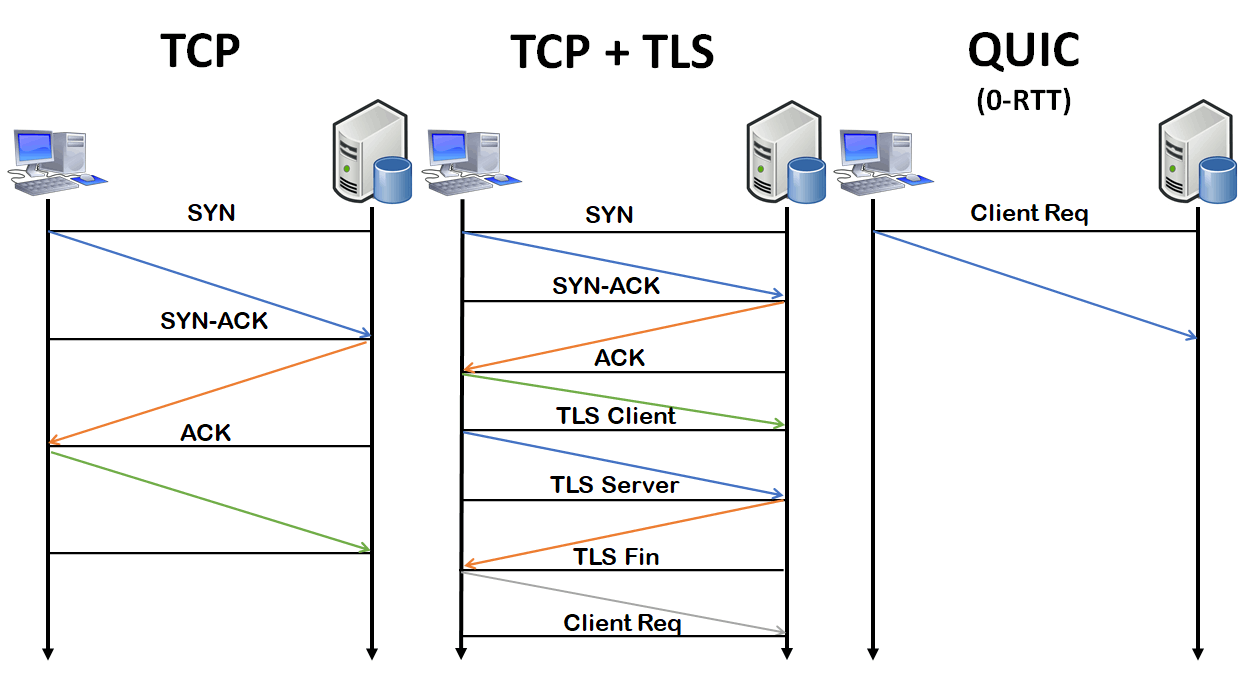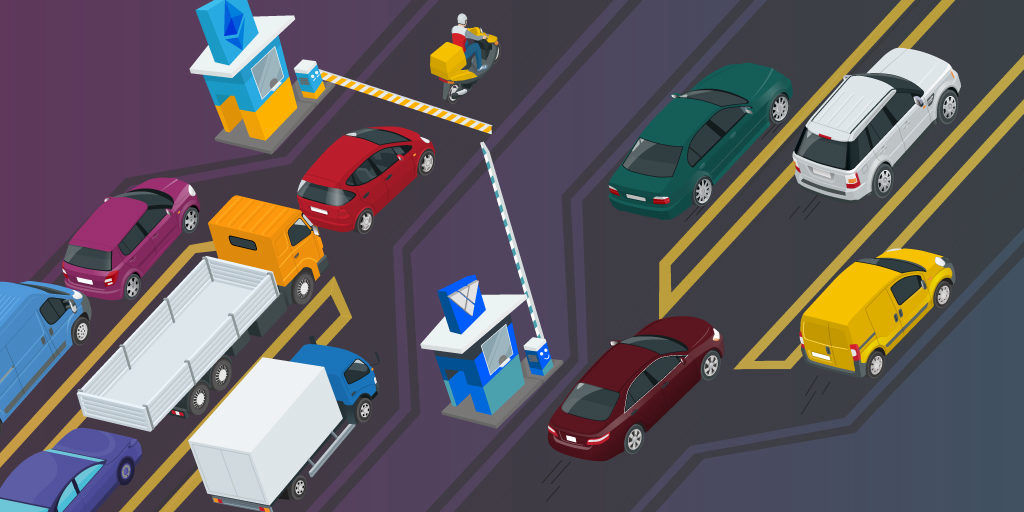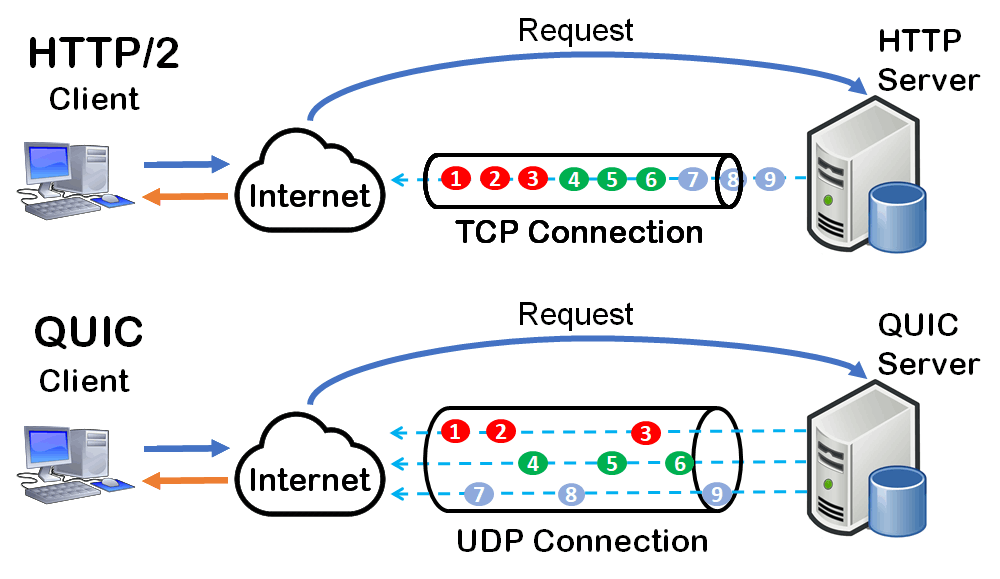Why a new transport protocol was needed?
To understand QUIC first we need to understand the
need of inventing new protocol. Undoubtedly, long serving protocols TCP and UDP have some
limitations which drives the need of new protocol. By nature, UDP is like a negligent child
of layer 4 family who don't really care about building connections, avoid handshaking, no
interactive conversation etc. which is why UDP failed to land a job in sectors where
reliability and data integrity is foremost important. However, due to its nature it is
widely used in applications that are "lossy" (can handle some packet loss), streaming media
audio/video.
On the other hand TCP is more like a hard-working child, who believes in building good
connections, interactive communication, avoid any misunderstandings through build-in error
recovery and re-transmission. In a nutshell UDP is like an earlier pigeon message delivery
service, whereas TCP is more like reliable shipping service (USPS, FedEx etc.) that
guarantees delivery.





